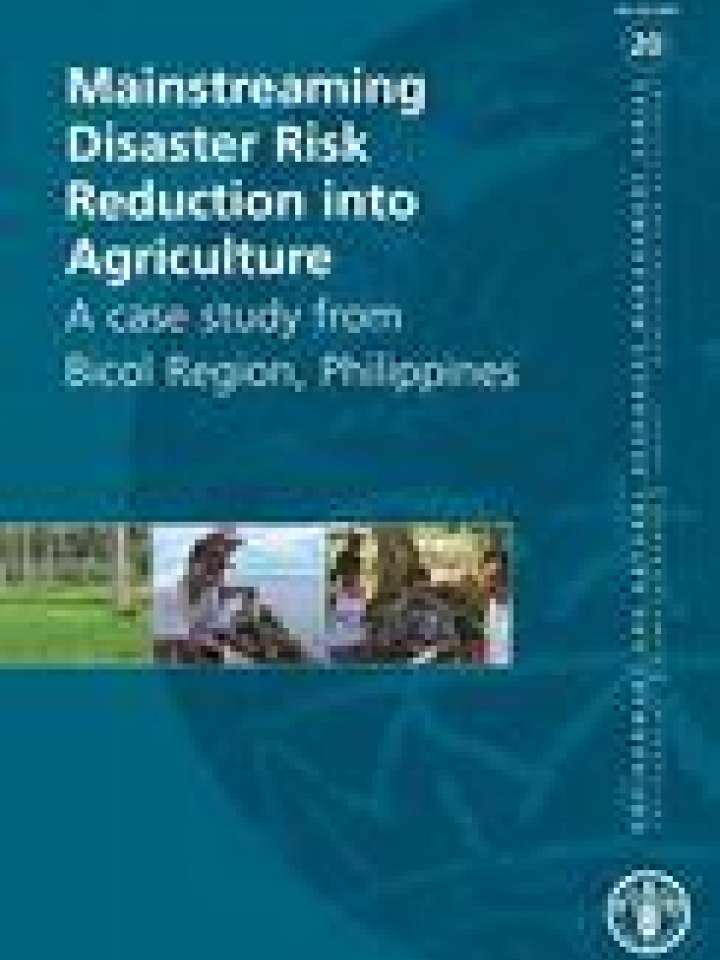Mainstreaming disaster risk reduction into agriculture: a case study from Bicol Region, Philippines
Within the Philippines, Bicol Region is one of the most disaster-prone areas, due to its geophysical location. The natural hazards in Bicol Region, mainly storms and floods, put the lives of vulnerable households at risk. Those who rely predominantly on agriculture are the ones who usually suffer the most because it is the sector that is most vulnerable to natural hazards. In 2006 alone, the loss of investment caused by Typhoon Reming was estimated at PHP 817.42 million, not including the lives of more than one thousand individuals. The devastation caused by Typhoon Reming was the trigger for the Government’s request to the Food and Agriculture Organization of the United Nations (FAO) for the project “Strengthening Capacities for Climate Risk Management and Disaster Preparedness in Selected Provinces of the Philippines (Bicol Region)”
This technical project summary report provides a consolidated overview about the specific project activities, the implementation processes, main findings and the establishment of institutional mechanisms that were established to promote ongoing collaboration between farmers, agriculture extension workers, researchers and local government officials.
Explore further
